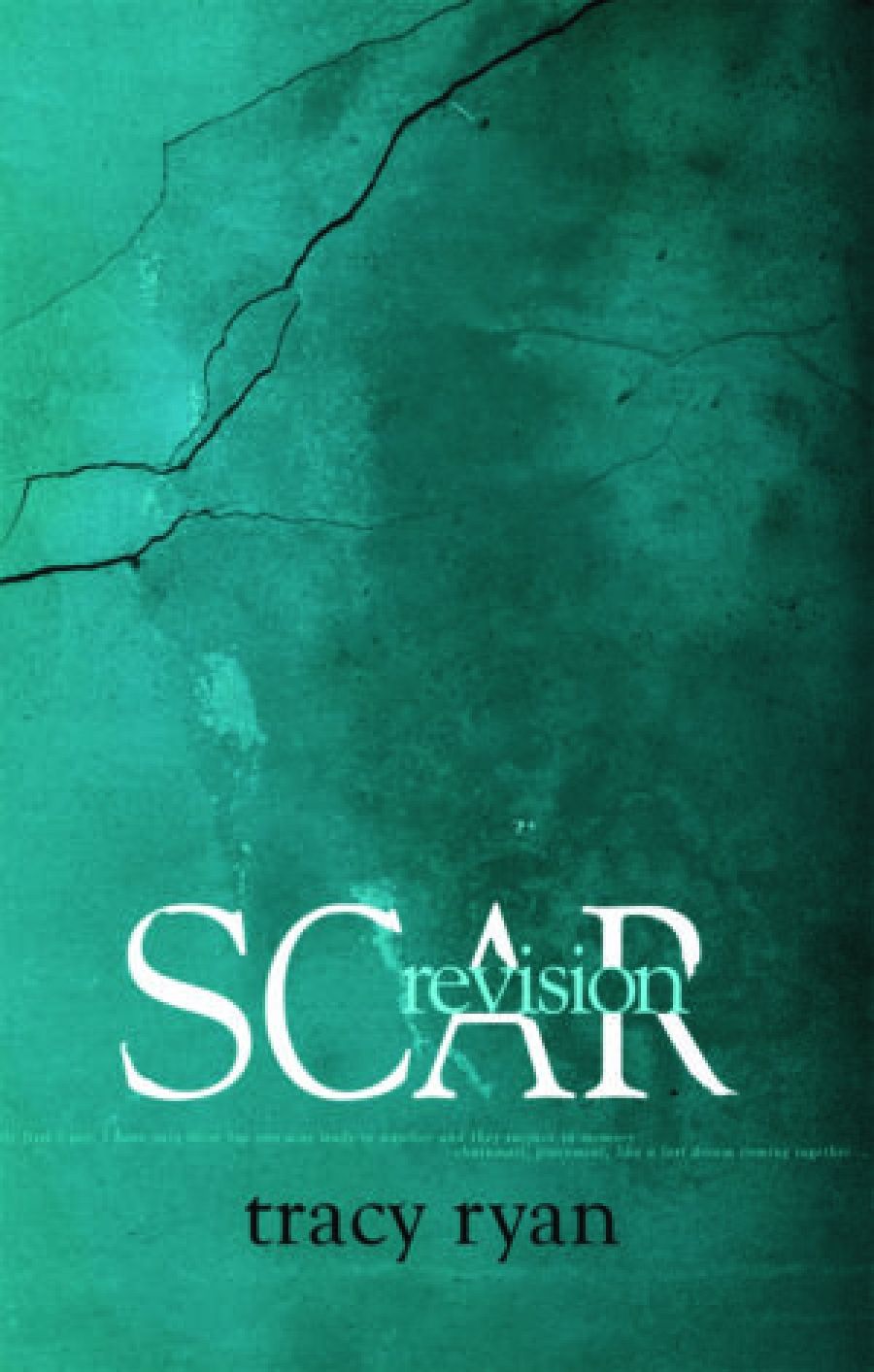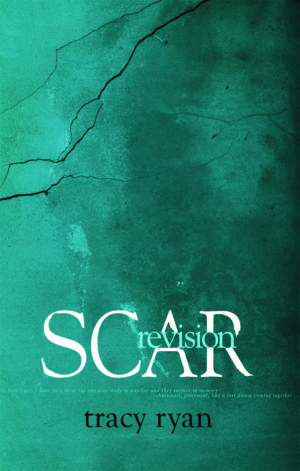
- Free Article: No
- Custom Article Title: Taken to the sea’s verge
- Review Article: Yes
- Article Title: Taken to the sea’s verge
- Online Only: No
- Custom Highlight Text:
On a first reading, the accomplished poetry of Tracy Ryan seems spiky, colloquial, earthy and enjoyable. But the more subtle accomplishments of the poetry lie in wait on a second reading: the musicality, the careful crafting, an honouring of the traditions of poetry, the rhythms and experiences of the everyday and the bodily. To name her themes draws us into the poetry: motherhood, the vicissitudes of the body, childhood and parenting, work, love, poetry, death. But it is in beginning to hear the musicality of Ryan’s metaphoric language that a second step can be taken. Alliterative, demotic, formally playful, morally serious, the poetry of Scar Revision is craft and presence finely balanced.
- Book 1 Title: Scar Revision
- Book 1 Biblio: Fremantle Press, $22.95 pb, 96 pp
- Book 1 Cover Small (400 x 600):

- Book 1 Cover (800 x 1200):

The metaphoric life of the poetry eddies out from the first large concerns with physicality, the material world of the body – childbirth, pain, work, parenting, dying – through a preoccupation with edges. The imagination here works through a passionate focus on limits, barriers, surfaces, beginnings and endings. The edges of the body are amplified through a recurring music as the objects of the world are named and experienced in their own edges and limits. So we are taken to the sea’s verge, across parapets, bridges, hedges, selvedges; through screens and down two-way mirrors; we visit cemeteries, those places of interface, and we touch gossamer, ectoplasm, the ridges of scars. There is a fascination with ‘the surface tension of his skin’, with moments which are experienced or remembered as thresholds, points of innocence in childhood or the adult child’s memory of a father.
The poet, too, stands between limits, facing in both directions. There is the dying father, for whom the final sequence, ‘Elegy’, is written, and there are the children, known from within but too soon leaping out into the world and beyond protection. Alive to all these limits or points of change, the figure of the poet sets out to draw lines, contain experience in language, find protection there. But it’s much messier than that: ‘My fingers, these keys / grown tentacles, / grown tendrils, entangle / everywhere.’ In ‘Identikit’, the poet calls on the ‘Red bird who shadows me’ – a figure for inspiration, vocation, of elusive self hood – which cries out to be named ‘loud and clear’. At the end of the poem, the bird is still a bird, but is also beckoned: ‘twin to my own / red interior / be in here // as you are out there.’ This is another experience of the borders of the self seeking clarification and definition, but also desiring to erase such borders. In the neighbouring poem to ‘Identikit’, ‘Racoon’, the animal remains solid, ‘slowly cautious / slumping by this window’, but is also humorously hailed as a mirror for the slumped poet who cannot write: ‘you, foreign as inspiration / plodding as method.’
Ryan’s fascination is with edges and limits, but also with their messy interpenetration. There are burrowings, confluences, mergings. Sometimes these are literary mergings, as in the wonderful sequence ‘Sonnets after the Portuguese’, modelled on the nineteenth-century sonnets of Elizabeth Barrett Browning. The method of Ryan’s sonnets is anything but ‘plodding’, beginning each sonnet with a (modernised) quote from Barrett Browning, and then taking off variously, in imitation, or dialogue, or difference from the original. The result is a feisty, modern, agnostic but equally passionate series of love poems. It is intriguing to trace the differences between the originals and these. For example, Barrett Browning’s fourth sonnet begins: ‘Thou has thy calling to some palace-floor’ and proceeds as both love poem and dark invocation to the great difference and separateness of the lovers’ worldly conditions. But Ryan’s fourth sonnet decides to draw the threshold of separation not between the lovers but against the outside world. Her conclusion, which is also hinted at, of course, in the original sonnet’s desire for union, declares: ‘Love’s most alive when seeming most aloof. / We build one flesh, and this our breathing skin / is all foundation, radiant walls and roof.’ Rather than Barrett Browning’s ‘proof of Desolation’, Ryan ends with this palpable image of one flesh, ‘our breathing skin’.
Ryan’s second sonnet is a wonderful swerving into the modern, as Barrett Browning’s figure of God, already gently put to the side in the main action of her poem, is even more robustly pushed aside in the lovers’ relationship. In Ryan’s poem, the lovers have become ‘Pantheists then, because our love confers / presence at every step, why fear an end?’ This kind of bravado – or courage – is facilitated by Ryan’s use of the earlier poems, as she measures a different historical moment, and a different human, erotic context, one in which passionate love is asked to carry the burden of all meaning for the lovers.
The physical, bodily, erotic and earthly are the final limits of Ryan’s imaginative world in Scar Revision. Hence the profound and often moving exploration of bodies in extremis, giving birth, revising the meaning and memories embodied in scars, mourning a father who has become ‘An ache, a splinter, a vanished hand’, turning the ‘coldest shoulder’ in death. In ‘Reel’, the opening poem of the ‘Elegy’ sequence, the borders between film and dream, dream and death, your death and mine, are blurred, as poetry proclaims its failure to represent the unrepresentable: ‘I dream around you, / not of you, I never did – / always allusion, ellipsis. Little histories / collapsing, a confusion of heydays, / roman à clef.’ It is the bodily limits and thresholds – the lost father, the scars, the failures and consummations of the body – which are being mourned and passionately sung in Scar Revision.


Comments powered by CComment